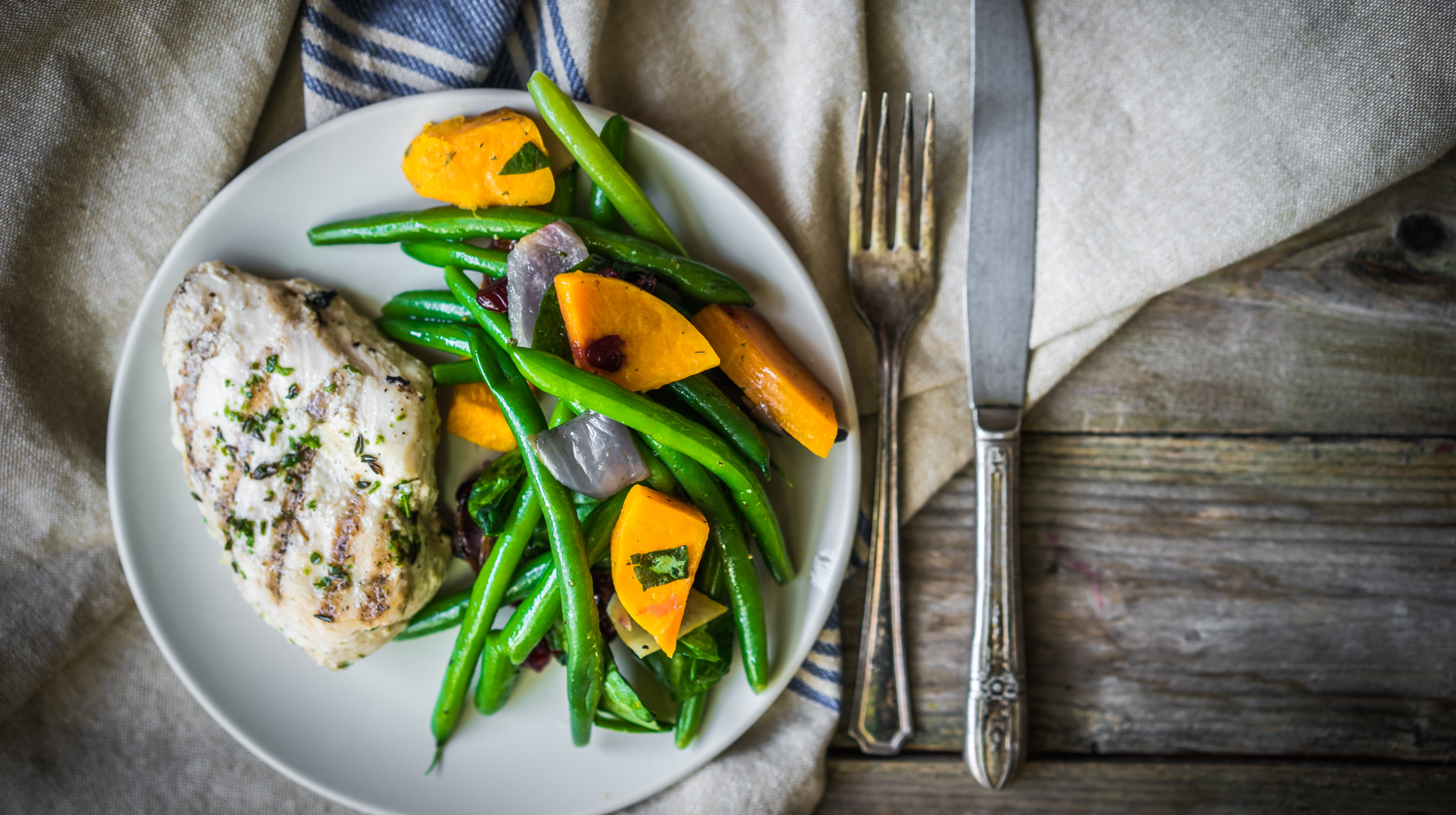How Many Calories Should I be Eating Every Day if I am a Hardgainer?
Nov 13, 2020 mindpumpBefore we get into how many calories you should be eating, make sure to go use our TDEE Calculator to figure out how many calories you need (this is a rough baseline) to maintain your weight. By properly putting in the correct weight, body fat, and activity level, you can then add or remove calories based on your goal.
In this case, being a hardgainer, I’m going to assume you are trying to put on mass. I’ll use myself as an example. I am 180lbs at 10% bodyfat. I chose moderately active because I lift 3-4 times a week, plus 2-3 days of surfing for an hour or so (cliche SoCal life). Based on that input, my maintenance is 2745 calories which sounds right on par with what I’m currently eating to maintain my weight.
If my goal is to LEAN BULK, then it’s simple. Just add roughly 200 calories above maintenance. So again using my example, I should be eating 2945 calories (2745 + 200), if my goal is to put on size with minimal fat gain. Again, this is not a hard set rule. I’m playing it more on the conservative side since I add fat easily. What I’ll do from here is, check my weight week to week and see if it’s going up. If it goes up by more than 1 pound, then my calories might be a little too high. If it’s barely going up .5 a pound then I might add another 100-200 calories. Let your average weekly weight fluctuation gauge whether you are eating enough calories to grow.
What Makes Up the Calories
90% from whole food sources:
Protein sources – turkey, beef, steak, chicken, fish, eggs, etc.
Carb sources – oatmeal, rice, potatoes, quinoa, beans, etc
Fat sources – nut butters, nuts, olive oil, egg yolks, etc.
While I definitely push eating higher quality foods listed above, if you’ve had 90% of your intake from there, and hitting the goal, or being too full all the time is still a problem, feel free to add more calorically dense items in like shakes and more savory snacks. This isn’t ideal, but as I said before, you have an uncommon goal. You’re a hardgainer who most likely needs 3500-4000 calories at MINIMUM to gain weight (whereas I have a more average metabolism, and I’ll gain weight off of 2500-3000 depending on my activity level).
Calculating Your Macros
What makes UP those macro’s is even more important than just hitting the calories. Here is a guide for how much of each macro you should be eating. I’ll just keep using myself as an example.
Protein: .82-1g per pound
180lbs -> 148-180 grams of protein x 4(calories per gram of protein) = 592-720cals
Fats: 20-25% of your daily intake
180lbs -> 2,945 calories (my lean bulk recommended intake) x .25 = 589-736cals / 9 (calories per gram of fat) = 65-81g/day
Carbs: Remainder of your caloric intake
180lbs -> 592-720cals (protein) + 589-736cals (fats) = 1181-1456 cals / 4 (cals per gram carb) = 295-364g carbs
This is a pretty balanced approach. Some people may want to ramp up their carb intake, while others prefer higher fats. Ultimately it is up to you to see what your body runs off of better. Generally speaking, most hardgainers trying to put on muscle (and keep it), tend to do better on higher carb diets. This is because they are very insulin sensitive, and thus are able to soak up the carbs they eat up and put it towards muscle glycogen or energy production right away. If that’s the case, then you want a steady supply of carbohydrates coming in to help you maximize your performance in the gym.
Now, some of you might be complaining that they don’t want to have to track their food. The reality is, you don’t have to. BUT, it may take you longer to get to your goals. That is like saying you don’t really pay attention to your bank account, and just kind of spend money and hope you don’t run out. Sure that might work in the short term, but eventually, you’re going to want to know how much money allows you to live to your means, and make sure you aren’t overspending.
Summary
If you are a hardgainer, and you want to gain size, you need to be taking in more calories than you are burning. Because skinnier guys tend to have faster metabolisms, this will most likely mean a LOT more (>3500 calories) than your typical friends need (2500-300 calories). Start by following the guidelines above, and adjust up or down as you see where your weight goes week to week. Also, make sure you are doing this in conjunction with a workout plan, that allows for progressive overload, challenging you to add more weight and/or reps to the bar while staying 2-3 reps shy of failure.







